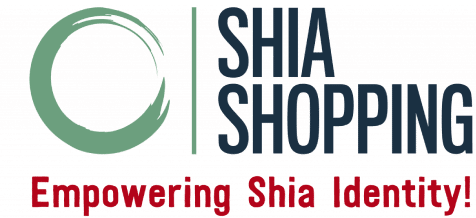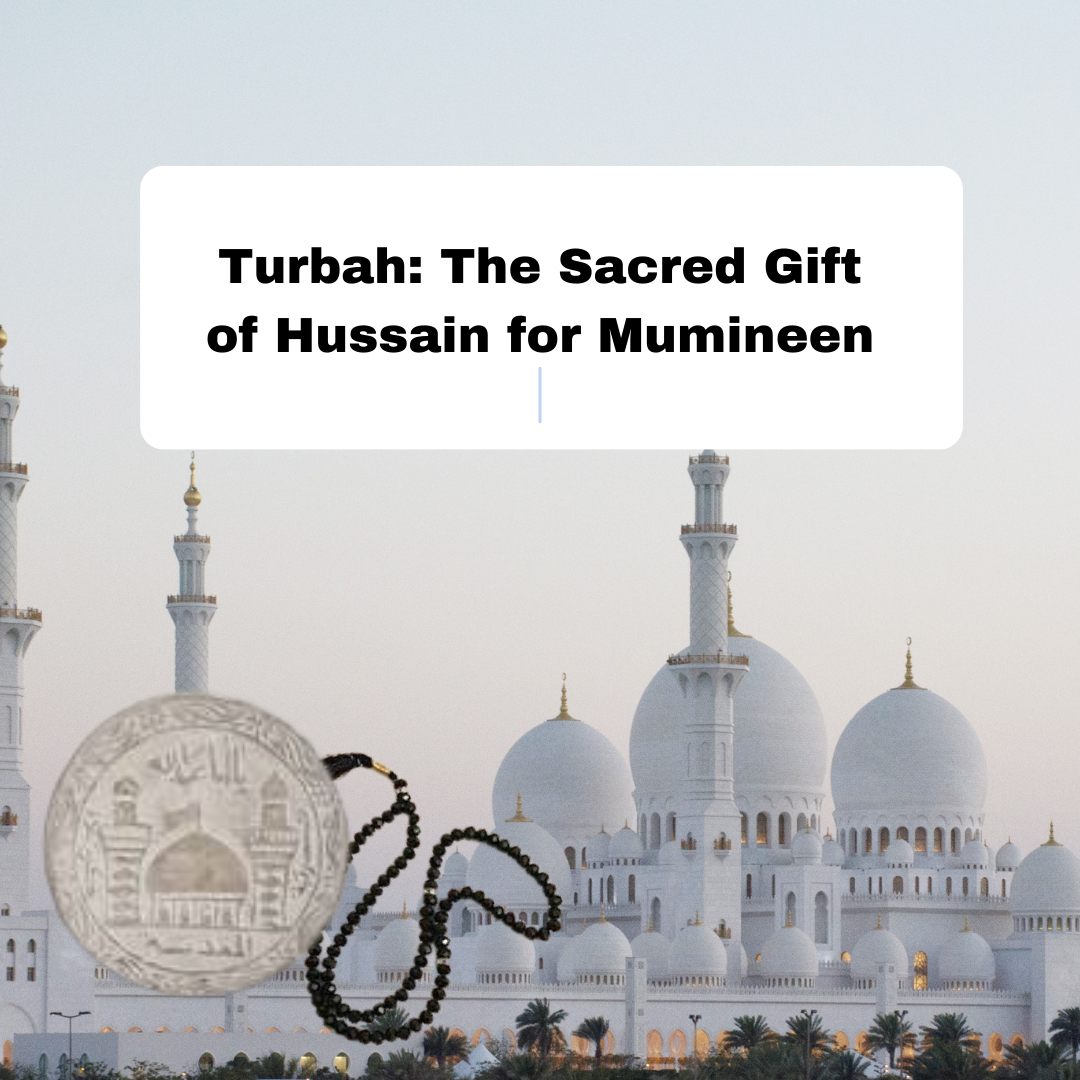In the intricate tapestry of Islamic faith, there exist sacred symbols and rituals that bind believers together, fostering a sense of unity and devotion. Among these, the Turbah holds a unique significance for the Shia Muslim community, particularly for the Mumineen, the faithful followers of the Ahl al-Bayt, the household of Prophet Muhammad.
Origin and Significance
However, its spiritual significance transcends its material form. For Mumineen, the Turbah embodies a profound connection to the martyrdom of Imam Hussain ibn Ali, the grandson of Prophet Muhammad, at the Battle of Karbala in 680 AD.
This sacred earth, believed to be imbued with the essence of martyrdom and piety, became known as Turbah, revered by Mumineen as a tangible link to the suffering and sacrifice of Imam Hussain.
Physical Manifestation of Devotion
The Turbah is typically a small, rectangular or oval piece of clay, often sourced from the holy city of Karbala or other significant sites associated with the Ahl al-Bayt. It is usually brown or reddish-brown in colour, symbolising the earth from which it originates. Mumineen carry the Turbah with them during their prayers, placing it on the ground as a mark of prostration, thereby symbolically connecting themselves to the soil sanctified by the blood of the martyrs.
Spiritual Connection and Remembrance
For Mumineen, the Turbah serves as a potent reminder of the principles of justice, righteousness, and unwavering devotion to God that Imam Hussain epitomized through his resistance against oppression. By placing their foreheads on the Turbah during prayer, believers express their allegiance to the noble values exemplified by Imam Hussain and reaffirm their commitment to upholding truth and justice in their lives.
Unity in Diversity
Despite the diversity within the Shia Muslim community, the Turbah serves as a unifying symbol, transcending cultural, linguistic, and geographical boundaries. Whether in the bustling streets of Beirut, the serene mosques of Tehran, or the vibrant communities of South Asia, Mumineen from diverse backgrounds come together in their reverence for Imam Hussain and the sacred earth of Karbala symbolised by the Turbah.
-
Product on sale
 Imam Reza Souvenir Hunter WatchOriginal price was: £50.£25Current price is: £25.
Imam Reza Souvenir Hunter WatchOriginal price was: £50.£25Current price is: £25. -
Product on sale
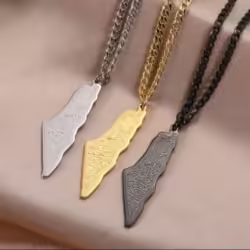 Palestine NecklaceOriginal price was: £50.£25Current price is: £25.
Palestine NecklaceOriginal price was: £50.£25Current price is: £25. -
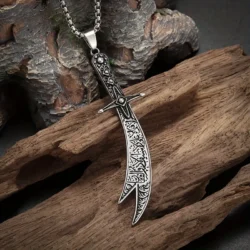 Zulfiqar Pendant Necklace (Rustic Silver)£20
Zulfiqar Pendant Necklace (Rustic Silver)£20 -
Product on sale
 99 Names of Allah 3D Wall ArtOriginal price was: £150.£99Current price is: £99.
99 Names of Allah 3D Wall ArtOriginal price was: £150.£99Current price is: £99. -
Product on sale
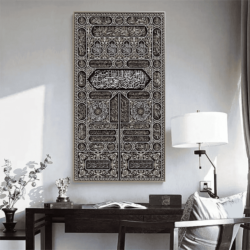 Door of Kaaba Islamic Wall ArtOriginal price was: £100.£50Current price is: £50.
Door of Kaaba Islamic Wall ArtOriginal price was: £100.£50Current price is: £50. -
 Ayatul Kursi Cuff Bracelet (4 Colours)£35
Ayatul Kursi Cuff Bracelet (4 Colours)£35 -
Product on sale
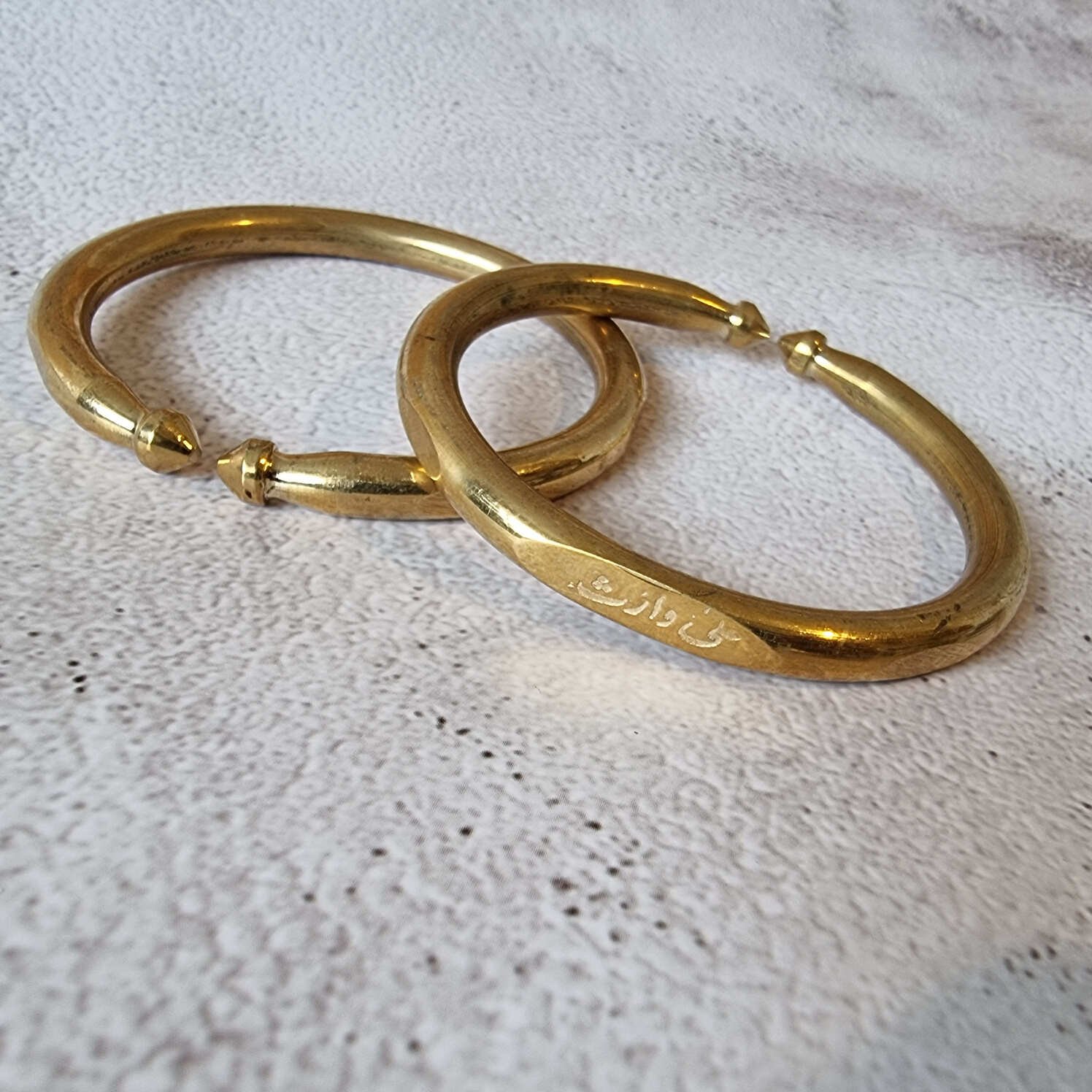 Shia Kara Bracelet – Silver/Gold£25
Shia Kara Bracelet – Silver/Gold£25 -
Product on sale
 Firoza TasbihOriginal price was: £100.£50Current price is: £50.
Firoza TasbihOriginal price was: £100.£50Current price is: £50. -
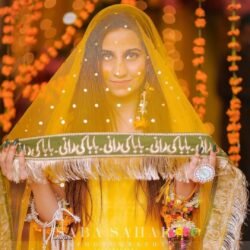 Baba Ki Rani Dupatta | Mehndi MayooN£40
Baba Ki Rani Dupatta | Mehndi MayooN£40
In a world marked by division and discord, the Turbah stands as a symbol of unity, resilience, and unwavering faith for Mumineen worldwide. It is a tangible reminder of the enduring legacy of Imam Hussain and his timeless message of resistance against injustice and tyranny. As Mumineen bow their heads in prayer upon the Turbah, they do not merely touch the earth; they touch the essence of martyrdom, the spirit of sacrifice, and the eternal quest for righteousness that defines their faith.
